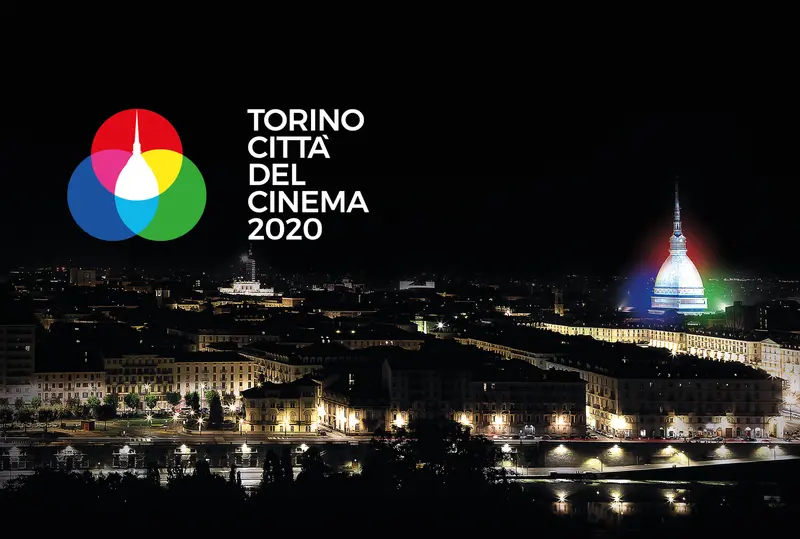15) Via Garibaldi – Il divo
n Paolo Sorrentino’s multi-award-winning Il divo, which examines the life and career of Giulio Andreotti, Turin, Italy’s first capital, is the incarnation of the excesses and hidden machinations of Roman politics. The settings for the intrigues of one of the most powerful politicians in 20th century Italy cluster in this area: particularly relevant are Palazzo Reale overlooking Piazza Castello where via Garibaldi begins, and the aristocratic Palazzo Saluzzo Paesana, at 1 via della Consolata, the largest private residence in Turin, designed by Plantery in the 1700s for the enormous cost of 300,000 lire. A family of immigrants recently arrived from the South head for the Palazzo in Gianni Amelio’s The Way we Laughed (Così ridevano).
Via Garibaldi, central axis of the ancient Roman urban layout, and now the second longest pedestrian street in Europe, also features in many other films: in Carlo Ausino’s Tony: Another Double Game (Tony, l’altra faccia della Torino violenta) where its presence preserves the memory of a famous club now long gone. The chessboard of streets that interweave along the backbone of the Quadrilatero Romano, from Piazza Castello to Piazza Statuto, is a mass of medieval alleys, boutiques, churches and elegant residences. The Church degli Antichi Chiostri (at number 25) has a very original Cappella della Pia Congregazione dei Banchieri e dei Mercanti di Torino. The parallel thoroughfare, Via del Carmine, is seen several times in Marco Ponti’s Roundtrip (A/R Andata e ritorno) while Palazzo Scaglia di Verrua in via Stampatori, one of Turin’s few private Renaissance buildings, has a courtyard that offers respite to the main characters in Marco Tullio Giordana’s The Best of Youth (La meglio gioventù) during fighting between students and police in the square.
On the corner with Via Milano is the police station where the young Nicola Di Bari asks the police for help in Carlo Lizzani’s Torino nera. The restaurant where Eleonora Rossi Drago dines with friends after the fashion show in Michelangelo’s Antonioni’s Le amiche is in via Conte Verde, near the Municipal Council. The imposing Palatine Gates near the Duomo, the main entrance to the Roman castrum (fort) in the first century AD, feature in the background when Ennio Fantastichini meets some old friends in Marco Campogiani’s police comedy La cosa giusta.


